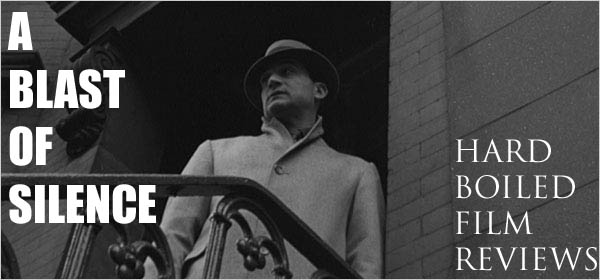2008 is beginning to be known as a year of comebacks in film. We’ve already seen Sly Stallone continue his miraculous return to the big screen with the fourth film in the Rambo series. With hype swirling around Mickey Rourke’s performance in The Wrestler and a role that allowed Tom Cruise to slip out of the spotlight in Tropic Thunder (that eventually earned him a Golden Globe nomination for best supporting actor) some big names are back on track. Jean-Claude Van Damme is the latest actor to strike it rich with his comeback vehicle simply titled JCVD.
JCVD, a French film directed by French-Algerian director Mabrouk El Mechri, stars Van Damme playing himself. It is a meta-action doubling as a self-spoof/parody in the vein of Being John Malkovich. Van Damme, who is struggling with his career and unable to raise sufficient funds to pay legal bills for his child custody case, gets confused for a bank robber when he stumbles into the middle of a bank heist.
I’ll be honest. I haven’t seen many Van Damme films. I’ve never been a fan of the Van Damme’s and the Seagal’s of the film industry. If there’s one genre I never got into that would be it. JCVD is a film that succeeds largely due to Van Damme’s inspiring and brutally honest performance. Van Damme even has an emotionally charged eight minute one-take monologue that ignites the film’s third act. The film strays from the ongoing plot and simply puts the viewer face to face with Van Damme himself. This moment in the film is where you realize as the viewer that Van Damme is back. Fan or not, you can’t deny the remarkable achievement he reaches at this moment by reflecting on his past.
JCVD is a fresh, original and cool film. El Mechri, who lists French new wave director Jean-Luc Godard as a major influence, seamlessly ties all the acts together with an irregular narrative complete with flashbacks and “point-of-view” storytelling. This tongue-in-cheek look at international film star is flat out entertaining. All the drama, comedy and action is tied together without a hitch.
There’s not much to say about this one. Whether you’re a fan of Van Damme or not JCVD is worth watching. It surely is one of the surprise success stories of the year. The film won’t sniff any major awards this year but even so, it is an ultimate achievement for Van Damme and the filmmakers. JCVD is brutally honest, enthralling and truly a testament to filmmaking.




